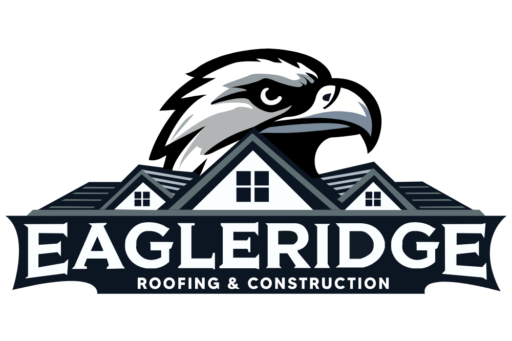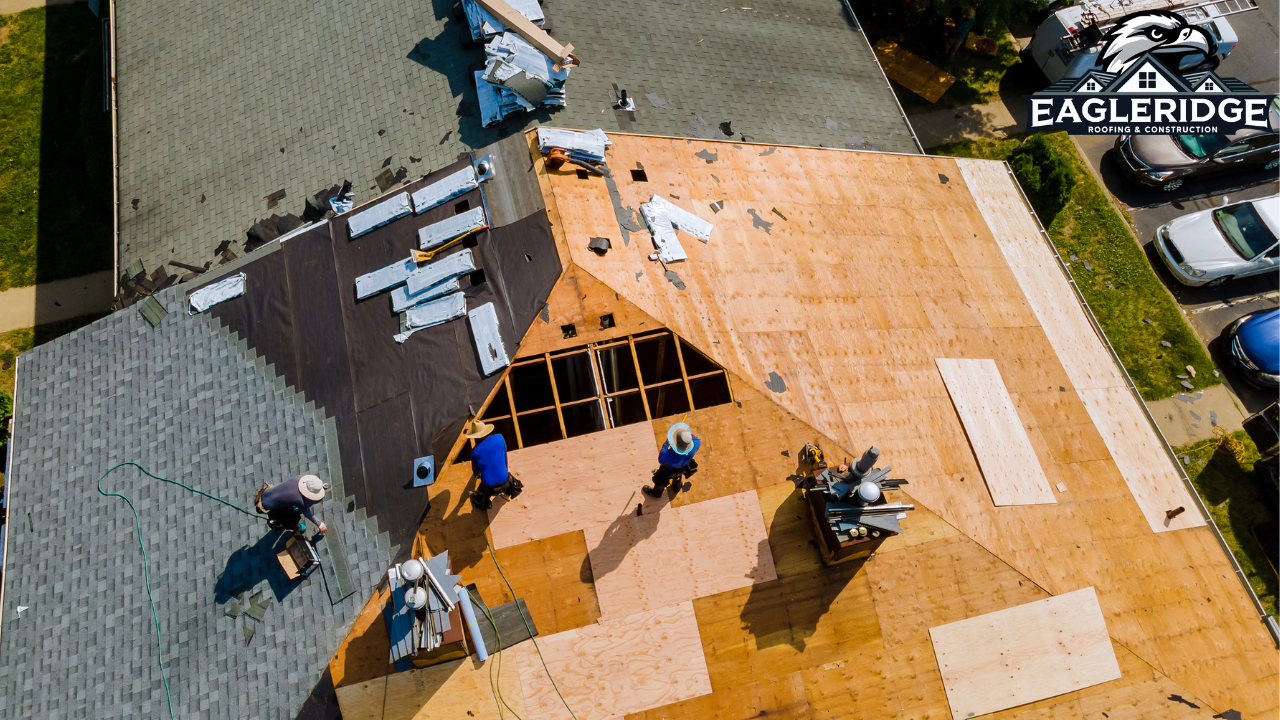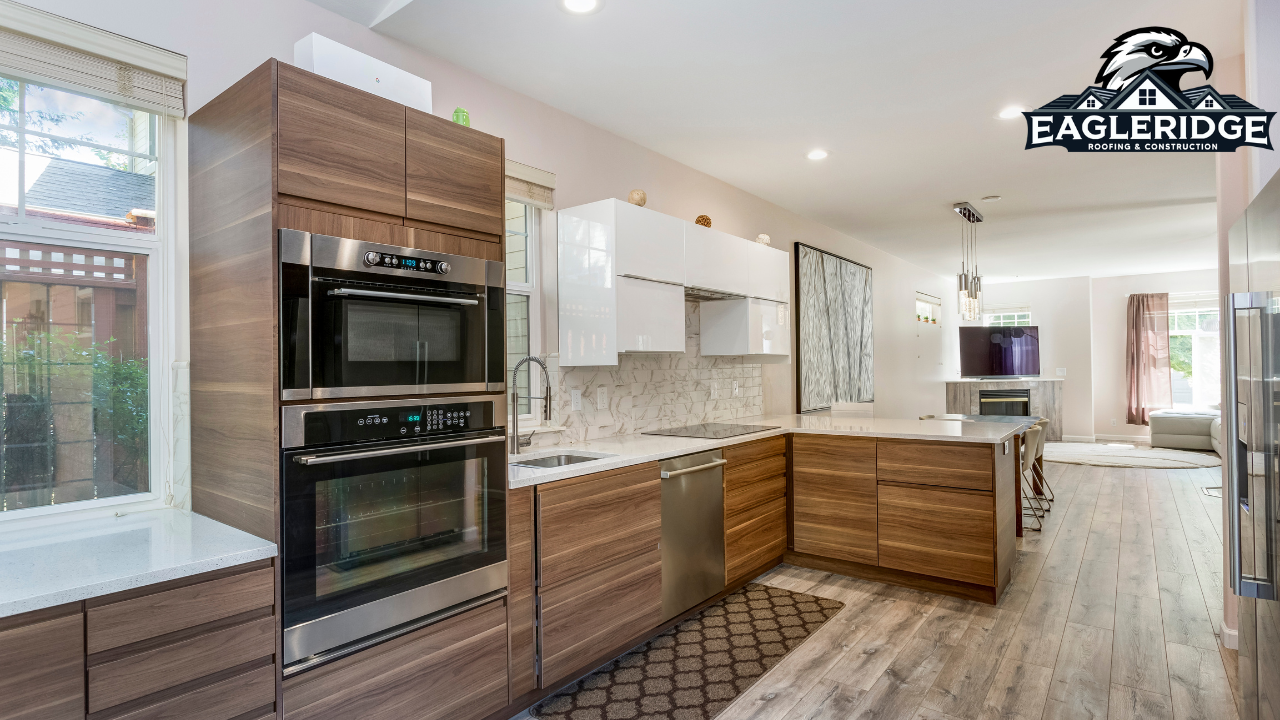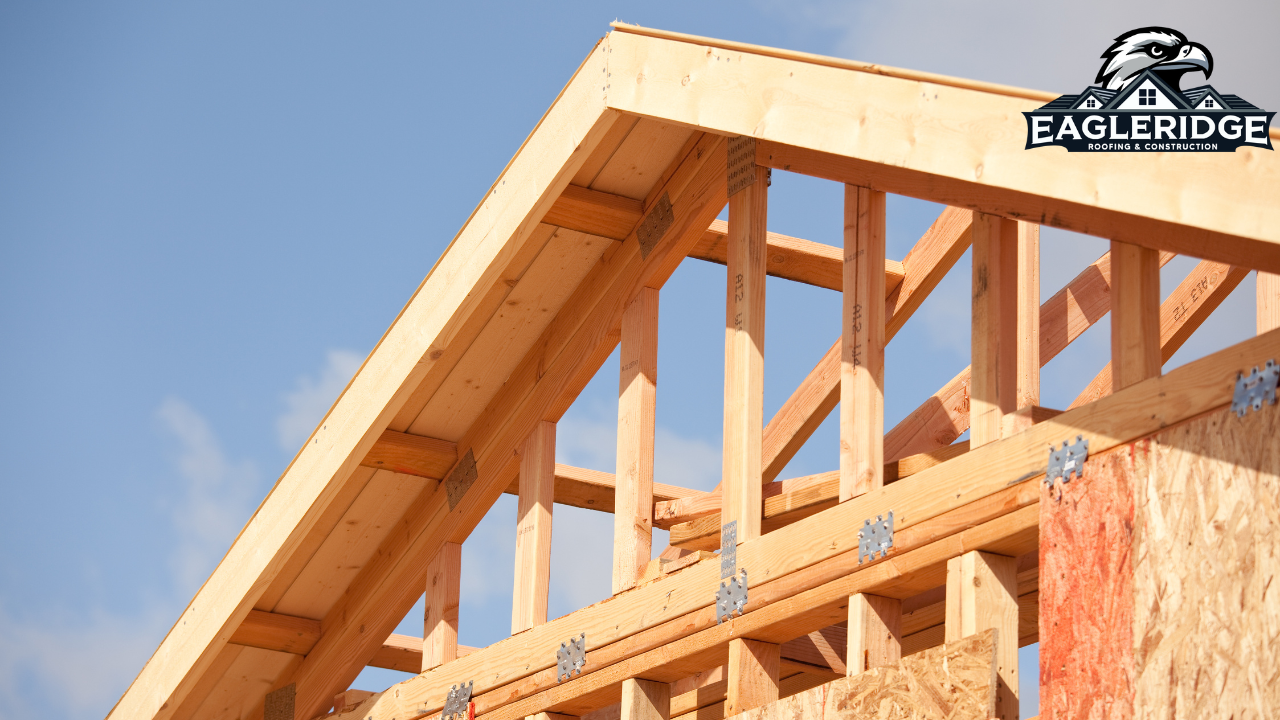Roof underlayment is vital in Utah due to its distinctive weather conditions. It acts as a secondary barrier protecting against water infiltration, essential for preventing moisture damage to the roof deck. In Utah's arid climate with significant temperature fluctuations, choosing the right underlayment enhances both durability and thermal efficiency. Options such as synthetic underlayment provide superior strength and moisture resistance, while asphalt-saturated felt offers cost-effectiveness. Given the state's potential for snowfall and ice dams, underlayment helps to reduce the risk of ice damming and wind-driven rain penetration. Selecting the appropriate underlayment type is key to optimizing roof performance.
Types of Roof Underlayment
When it comes to roof underlayment in Utah, selecting the appropriate type is essential for ensuring durability and weather resistance.
Common options include asphalt-saturated felt, synthetic underlayment, and rubberized asphalt.
Asphalt-saturated felt is traditional and cost-effective.
Synthetic options offer enhanced strength and moisture resistance.
Rubberized asphalt provides superior waterproofing.
Each type has its own advantages, making careful consideration vital for ideal performance.
Benefits of Roof Underlayment
Roof underlayment offers numerous advantages that are critical for maintaining the longevity and integrity of a roofing system.
It acts as a secondary barrier against water infiltration, protecting the roof deck from moisture damage. This protective layer also enhances thermal efficiency by providing additional insulation.
Additionally, underlayment can improve overall roof performance by reducing the risk of wind-driven rain penetration and helping to prevent ice damming.
Utah's Climate Challenges
Utah's unique climate presents several challenges for roofing systems, necessitating careful consideration of underlayment materials.
With its arid conditions, significant temperature fluctuations, and seasonal snowfall, roofs face potential damage from ice dams, thermal expansion, and UV exposure.
These climate factors demand robust underlayment solutions to enhance water resistance and insulation, ensuring durability and protection against the harsh environmental stresses characteristic of the region.
Choosing the Right Underlayment
Selecting the appropriate underlayment is essential for optimizing the performance and longevity of roofing systems in Utah's demanding climate.
The choice largely depends on factors like material type, durability, and resistance to weather extremes. Asphalt-saturated felt, synthetic underlayment, and rubberized asphalt are common options.
Each offers distinct benefits; synthetic underlayment excels in strength and moisture resistance, while felt provides cost-effectiveness.
Careful selection guarantees protection and efficiency.
Our services
Roof underlayment is a crucial component of roofing systems, providing moisture protection and enhancing durability. In Utah, the diverse climate demands careful selection of underlayment to endure varying weather conditions, including snow and intense sun. Different types of underlayment offer distinct benefits, such as improved water resistance and insulation. Choosing the right underlayment requires consideration of Utah's unique climate challenges to ensure optimal performance and longevity of the roof, ultimately protecting the structure and interior of buildings.
Looking for expert help with your roof? Contact a professional roofer to ensure your roof is ready to withstand Utah's challenging climate.



